Home>Garden Essentials>What Is A Landscaping Rake Used For
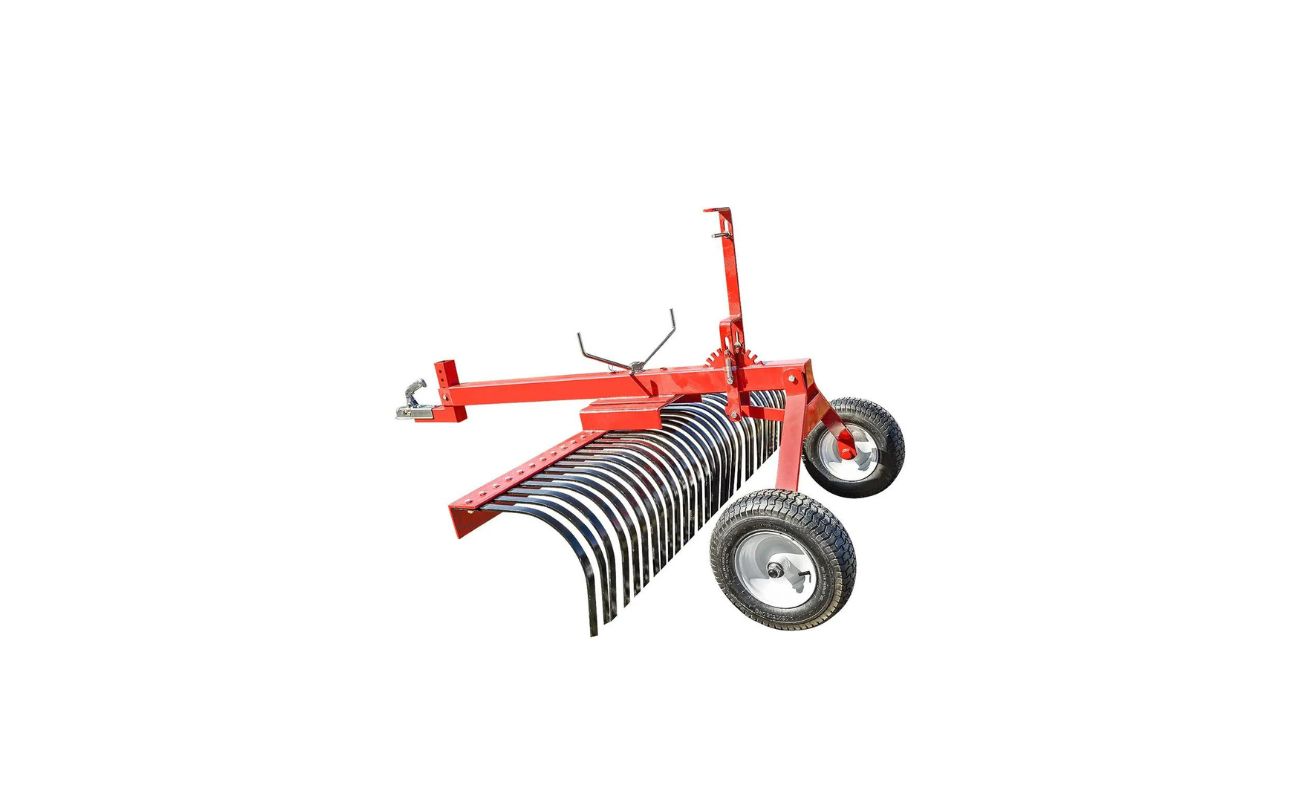

Garden Essentials
What Is A Landscaping Rake Used For
Modified: March 7, 2024
Discover the versatile uses of a landscaping rake in your garden. Enhance soil preparation, leveling, and spreading tasks with this essential gardening tool.
(Many of the links in this article redirect to a specific reviewed product. Your purchase of these products through affiliate links helps to generate commission for Storables.com, at no extra cost. Learn more)
Introduction
In the world of gardening and landscaping, having the right tools can make all the difference. One such tool that is commonly used by gardeners and landscapers is the landscaping rake. This versatile tool plays a crucial role in creating and maintaining beautiful outdoor spaces. Whether you are a professional landscaper or an avid gardener, understanding the importance of a landscaping rake and knowing how to use it effectively can greatly enhance your gardening experience.
But what exactly is a landscaping rake and what is it used for? In this article, we will explore the definition of a landscaping rake, its features and components, common uses, benefits, and how to choose the right one for your needs. We will also provide some tips on proper techniques for using a landscaping rake and how to take care of it to ensure its longevity.
So, if you are ready to dive into the world of landscaping rakes and discover their remarkable capabilities, read on to learn more!
Key Takeaways:
- Landscaping rakes are essential for gardening and landscaping, helping to prepare soil, level surfaces, and spread materials efficiently. Their versatility and ease of use make outdoor projects more enjoyable and productive.
- Choosing the right landscaping rake and properly maintaining it are crucial for achieving professional-quality results. By considering size, tine material, and handle length, and following maintenance tips, gardeners can ensure their rake remains a reliable and long-lasting tool.
Read more: How To Use A Carpet Rake
Definition of a Landscaping Rake
A landscaping rake, also known as a garden rake or a soil rake, is a hand tool specifically designed for various landscaping and gardening tasks. It consists of a long handle attached to a wide, rectangular head with evenly spaced tines or teeth. These teeth can be made of metal, plastic, or even bamboo, depending on the intended use and the durability required.
The main purpose of a landscaping rake is to loosen, level, and smooth out soil and other materials, such as gravel or mulch. It is commonly used to prepare the soil for planting, remove debris, spread materials evenly, and create a smooth surface for seeding or laying sod. Unlike leaf rakes, which feature curved tines for collecting leaves and grass clippings, landscaping rakes have straight, sturdy tines that are well-suited for heavy-duty tasks.
Landscaping rakes come in various sizes, with wider heads being ideal for larger areas and narrower heads for precision work in tight spaces. Some rakes also have adjustable tine spacing, allowing for more versatile use in different gardening and landscaping projects.
Overall, a landscaping rake is an essential tool for anyone working on outdoor spaces, from small home gardens to large-scale landscaping projects. Its versatility and efficiency make it a valuable asset for gardeners, landscapers, and even homeowners who take pride in maintaining their own yards.
Features and Components of a Landscaping Rake
A landscaping rake may seem like a simple tool, but it is crafted with careful design considerations to ensure optimal functionality and durability. Here are some key features and components commonly found in a landscaping rake:
- Handle: The handle of a landscaping rake is typically made of wood or fiberglass, providing a comfortable grip and allowing for easy maneuverability. It is designed to be long enough to provide leverage when working, reducing strain on the user’s back and arms.
- Head: The head of a landscaping rake is the part that comes in contact with the soil or other materials. It is typically rectangular in shape and attached securely to the handle. The width of the head can vary, with wider heads covering more ground and narrower heads providing more precision.
- Tines: The tines or teeth of a landscaping rake are the metal or plastic protrusions that extend downward from the head. These tines are designed to be strong and rigid, allowing them to effectively break up soil, level surfaces, and move materials. The number and spacing of the tines can vary, providing flexibility for different tasks.
- Adjustable Tine Spacing: Some landscaping rakes feature adjustable tine spacing, giving users the ability to customize the rake’s functionality. This allows for greater versatility, as the rake can be used for tasks that require both wide and narrow spacing between the tines.
- Durability: A high-quality landscaping rake is built to withstand the rigors of heavy use and exposure to the elements. Look for rakes with sturdy construction, reinforced tines, and reliable fastening mechanisms to ensure longevity.
- Additional Features: Depending on the specific model, a landscaping rake may also include additional features to enhance its functionality. This can include a built-in leveling blade, detachable handle extensions for reaching high areas, or even a telescopic handle for easy storage and transport.
When choosing a landscaping rake, consider the features that are most important for your specific needs. Whether you require a wide head for large-scale projects or adjustable tine spacing for versatility, selecting a rake with the right features will greatly enhance your landscaping and gardening endeavors.
Common Uses of a Landscaping Rake
A landscaping rake is a versatile tool that can be utilized in various gardening and landscaping tasks. Here are some common uses of a landscaping rake:
- Soil Preparation: One of the primary uses of a landscaping rake is to prepare the soil for planting. Whether you are starting a new garden bed or amending an existing one, a landscaping rake can help loosen compacted soil, remove rocks, and break up clumps to create a smooth and fertile surface for planting.
- Leveling and Grading: When it comes to creating level surfaces, a landscaping rake is indispensable. It can be used to spread soil evenly, level out bumps and uneven areas, and create a smooth and uniform surface for seeding, sodding, or laying pavers.
- Removing Debris: Whether it’s fallen leaves, grass clippings, or other garden debris, a landscaping rake is effective in collecting and removing them. Its sturdy tines allow for efficient gathering and clearing of unwanted materials from your lawn or garden.
- Spreading Mulch or Gravel: A landscaping rake is also handy for spreading mulch or gravel in your garden beds or pathways. Its wide head and evenly spaced tines ensure even distribution of the material, giving your landscape a polished and finished look.
- Breaking Up Clumps: After tilling or working the soil, clumps may form. A landscaping rake can be used to break up these clumps and create a finer texture, allowing for better water penetration and improving the overall soil structure.
- Preparing Lawns: When planting or overseeding a lawn, a landscaping rake can be used to prepare the soil surface. It helps remove dead grass, thatch, and debris, creating a receptive surface for the seeds to establish roots and germinate.
- Collecting Fallen Fruits or Nuts: In orchards or gardens with fruit-bearing trees, a landscaping rake can be used to collect fallen fruits or nuts. Its tines can gently gather the produce without causing damage, making clean-up a breeze.
These are just a few of the many ways you can utilize a landscaping rake in your gardening and landscaping endeavors. Its versatility and effectiveness make it a must-have tool for maintaining and enhancing the beauty of outdoor spaces.
Benefits of Using a Landscaping Rake
Using a landscaping rake offers numerous benefits that contribute to the success of your gardening and landscaping projects. Here are some key advantages of incorporating a landscaping rake into your outdoor tasks:
- Efficiency: A landscaping rake allows you to accomplish tasks more efficiently. Whether you are preparing the soil, spreading mulch, or leveling surfaces, the rake’s wide head and sturdy tines enable you to cover a larger area in less time, making your gardening and landscaping projects faster and more productive.
- Uniformity: The straight and evenly spaced tines of a landscaping rake facilitate the creation of a uniform and smooth surface. This is especially important when it comes to leveling soil or spreading materials like mulch or gravel. The rake ensures even distribution, resulting in a seamless and visually appealing finish.
- Improved Soil Structure: By using a landscaping rake to break up clumps and create a finer soil texture, you promote better water drainage and root penetration. This improves the overall soil structure, allowing plants to thrive and reducing the risk of waterlogging or soil compaction.
- Enhanced Seed Germination: When preparing the soil for seeding, a landscaping rake helps create an ideal environment for seed germination. It removes debris and levels the surface, providing optimal seed-to-soil contact and increasing the chances of successful germination and establishment.
- Versatility: A landscaping rake is a versatile tool that can be used in a wide range of gardening and landscaping tasks. Whether you need to prepare soil, remove debris, level surfaces, or collect fallen produce, the rake’s adaptability makes it a valuable asset in virtually any outdoor project.
- Cost-Effective: Investing in a high-quality landscaping rake is a cost-effective choice for gardeners and landscapers. It is a durable and long-lasting tool that requires minimal maintenance, making it a wise investment that will serve you well for years to come.
- Ease of Use: Using a landscaping rake does not require specialized skills or training. Its simple design and ease of use make it accessible to gardeners of all levels of experience. It is a tool that can be quickly grasped and utilized effectively, allowing you to achieve professional-looking results with minimal effort.
By taking advantage of these benefits, you can elevate your gardening and landscaping projects to new heights. A landscaping rake is not only a practical tool, but it also enhances the overall aesthetic appeal of your outdoor spaces, giving you a garden or landscape that you can take pride in.
A landscaping rake is used for leveling soil, spreading mulch, and clearing debris in a garden or yard. It is also useful for creating smooth, even surfaces for planting or seeding.
Read more: What Is A Rake On A Roof
Choosing the Right Landscaping Rake for Your Needs
When it comes to choosing a landscaping rake, it’s important to consider your specific needs and the tasks you’ll be performing. Here are some factors to keep in mind to ensure you select the right landscaping rake for your gardening and landscaping projects:
- Size: Consider the size of the area you’ll be working on. If you have a large garden or landscaping project, a rake with a wider head will help you cover more ground efficiently. For smaller areas or precise work, a narrower head offers better maneuverability.
- Tine Material: The material of the tines can vary, each with its own advantages. Metal tines are durable and effective for heavy-duty tasks, while plastic or bamboo tines are gentler on delicate surfaces, such as newly seeded areas or soft soil.
- Tine Spacing: Look for a landscaping rake with adjustable tine spacing if you anticipate working on a variety of tasks. This feature allows you to customize the distance between the tines, providing versatility for different projects.
- Handle Material: Consider the material and quality of the handle. Wood handles provide a traditional feel and are comfortable to grip, while fiberglass handles are lightweight, durable, and resistant to weathering. Choose a handle that feels comfortable in your hands and suits your personal preferences.
- Handle Length: The length of the handle is crucial for proper ergonomics. A handle that is too short may cause you to bend over excessively, leading to discomfort or strain. Opt for a handle length that allows you to maintain an upright posture and work comfortably without excessive reaching or stooping.
- Brand Reputation: Consider the reputation of the brand and read customer reviews to ensure you are investing in a high-quality landscaping rake. Look for a company that has a history of producing durable, reliable tools that will withstand the rigors of heavy use.
- Price: Finally, consider your budget. Landscaping rakes are available at various price points. While it’s tempting to opt for the cheapest option, investing in a higher-quality rake often pays off in terms of durability and performance.
Ultimately, the right landscaping rake for you will depend on your specific requirements and preferences. Prioritize the features that are most important to you and choose a rake that aligns with your gardening and landscaping needs. Remember, a well-chosen landscaping rake can greatly enhance your efficiency and enjoyment when working on outdoor projects.
Proper Techniques for Using a Landscaping Rake
Using a landscaping rake properly is essential to achieve optimal results and prevent unnecessary strain or damage. Here are some techniques to keep in mind when using a landscaping rake:
- Hold the rake correctly: Grip the handle firmly, placing your hands comfortably apart for better control and leverage. Keep your wrists straight to avoid strain.
- Start with clean and dry tines: Before using the rake, make sure the tines are clean and free from debris. Remove any clumps or buildup to ensure smooth and efficient operation.
- Use the right angle: When raking soil or spreading materials, hold the rake at a slight angle, with the tines making contact with the ground. This allows for better penetration and prevents the rake from skipping over the surface.
- Apply gentle pressure: Avoid applying excessive force when raking. Instead, use a gentle back-and-forth motion, allowing the tines to break up clumps or spread materials evenly. Let the weight of the rake do the work for you, rather than relying on brute strength.
- Overlap your strokes: When raking larger areas, create overlapping strokes to ensure even coverage and avoid missing any spots. This technique helps achieve a consistent result and prevents uneven surfaces.
- Check for levelness: Periodically check the levelness of the surface you are working on. This is particularly important when leveling soil or spreading materials. Adjust your technique or add/remove material as needed to achieve the desired level and evenness.
- Be mindful of delicate areas: If you are working around newly seeded areas or delicate plants, be extra careful with your raking technique. Use plastic or bamboo tines to avoid damaging the plants, and employ a lighter touch to prevent disturbing the soil or the delicate roots.
- Clean and maintain your rake: After each use, take the time to remove any debris from the tines and handle. This helps prevent buildup and ensures the longevity of your landscaping rake. Store it in a dry and secure place to prevent damage.
By following these proper techniques, you can maximize the effectiveness of your landscaping rake and achieve professional-quality results. Remember to work at a pace that is comfortable for you, taking breaks as needed to prevent fatigue or strain. With practice, you’ll develop a rhythm and technique that suits your specific gardening and landscaping tasks.
Maintenance and Care for Your Landscaping Rake
Taking good care of your landscaping rake is essential to ensure its longevity and optimal performance. Here are some maintenance tips to keep your rake in top condition:
- Clean after each use: After using your landscaping rake, remove any dirt, debris, or plant matter from the tines and handle. Use a brush or hose to wash off any stubborn dirt. Keeping the rake clean prevents buildup and maintains its functionality.
- Inspect for damage: Regularly inspect your landscaping rake for any signs of damage or loose parts. Check the tines and handle for any cracks, bends, or splinters. If you notice any damage, repair or replace the affected parts as necessary.
- Store properly: When not in use, store your landscaping rake in a dry and secure place, such as a shed or garage. Hang it on a wall or place it in a designated storage area to prevent it from getting damaged or causing hazards.
- Sharpen or replace tines: Over time, the tines of your rake may become dull or broken. If necessary, sharpen the metal tines using a file or replace them altogether. For plastic or bamboo tines, replace them if they become worn or damaged.
- Oil wooden handles: If your landscaping rake has a wooden handle, consider applying a coat of linseed oil to prevent drying and splintering. This step helps prolong the life of the handle and ensures a comfortable grip.
- Protect from extreme weather: Exposure to extreme weather conditions, such as intense heat or freezing temperatures, can cause damage to your landscaping rake. Whenever possible, store it in a controlled environment to minimize the effects of weathering.
- Regularly tighten screws and fasteners: Check the screws, bolts, and fasteners on your landscaping rake periodically. Ensure they are tight and secure to maintain the stability and integrity of the rake.
- Perform routine maintenance: Consider performing regular maintenance tasks, such as sanding and resealing wooden handles, lubricating moving parts, and replacing worn-out parts. Consult the manufacturer’s recommendations for specific maintenance requirements.
By following these maintenance and care tips, you can extend the lifespan of your landscaping rake and ensure it remains in excellent working condition for years to come. A well-maintained rake will continue to assist you in your gardening and landscaping endeavors, providing you with reliable and efficient performance.
Conclusion
A landscaping rake is an indispensable tool for gardeners and landscapers alike. Its versatility and effectiveness in various tasks make it an essential asset for creating and maintaining beautiful outdoor spaces. Whether you’re preparing the soil, leveling surfaces, spreading materials, or collecting debris, a landscaping rake can greatly enhance your gardening experience.
Throughout this article, we have explored the definition of a landscaping rake, its features and components, common uses, benefits, and how to choose the right one for your needs. We have also provided techniques for using a landscaping rake properly and tips for its maintenance and care.
By understanding the importance of a landscaping rake and learning how to use it effectively, you can achieve professional-quality results in your gardening and landscaping projects. With its ability to break up soil, level surfaces, and distribute materials evenly, a landscaping rake can turn a mundane task into a satisfying and enjoyable endeavor.
Remember to choose a landscaping rake that aligns with your specific needs, considering factors such as size, tine material, handle length, and quality. Take care of your landscaping rake by cleaning it after each use, inspecting for damage, and storing it properly. Performing routine maintenance tasks will ensure its longevity and reliable performance.
So, the next time you embark on a gardening or landscaping project, don’t forget to grab your trusty landscaping rake. Let it be your go-to tool for creating a well-maintained and visually appealing outdoor space that you can take pride in.
Frequently Asked Questions about What Is A Landscaping Rake Used For
Was this page helpful?
At Storables.com, we guarantee accurate and reliable information. Our content, validated by Expert Board Contributors, is crafted following stringent Editorial Policies. We're committed to providing you with well-researched, expert-backed insights for all your informational needs.
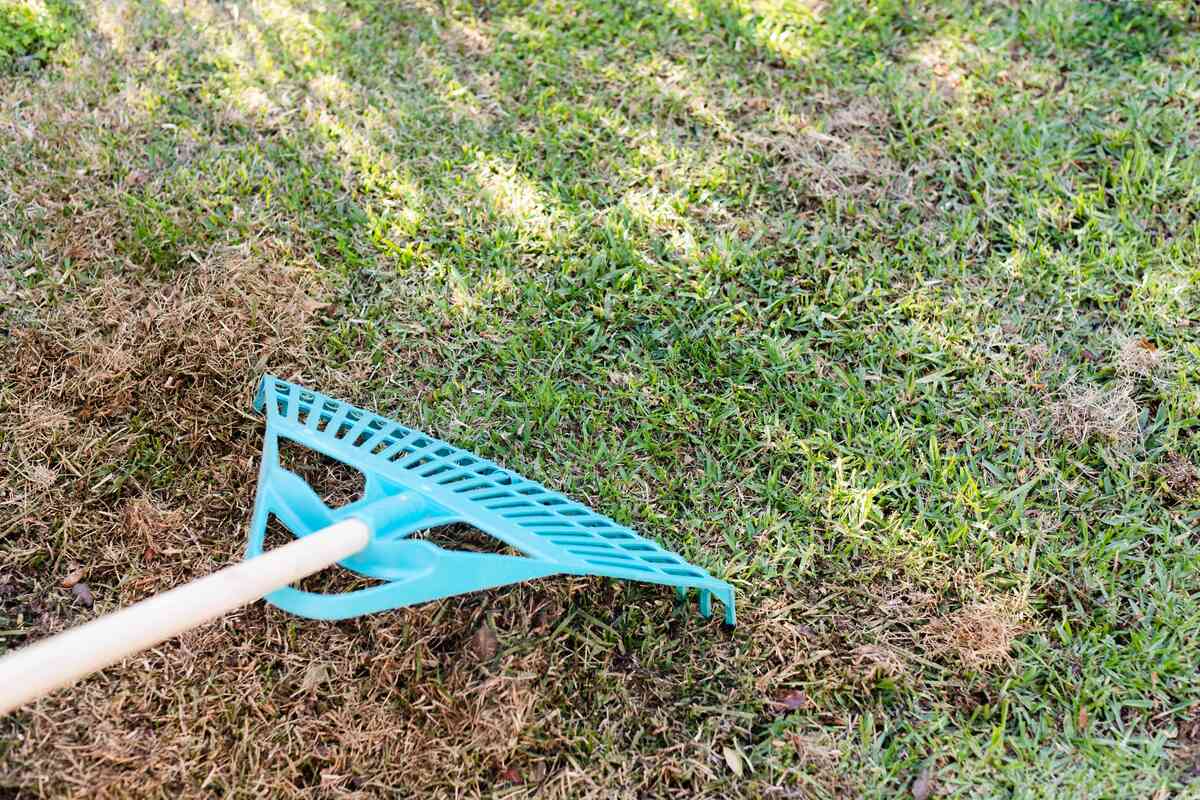


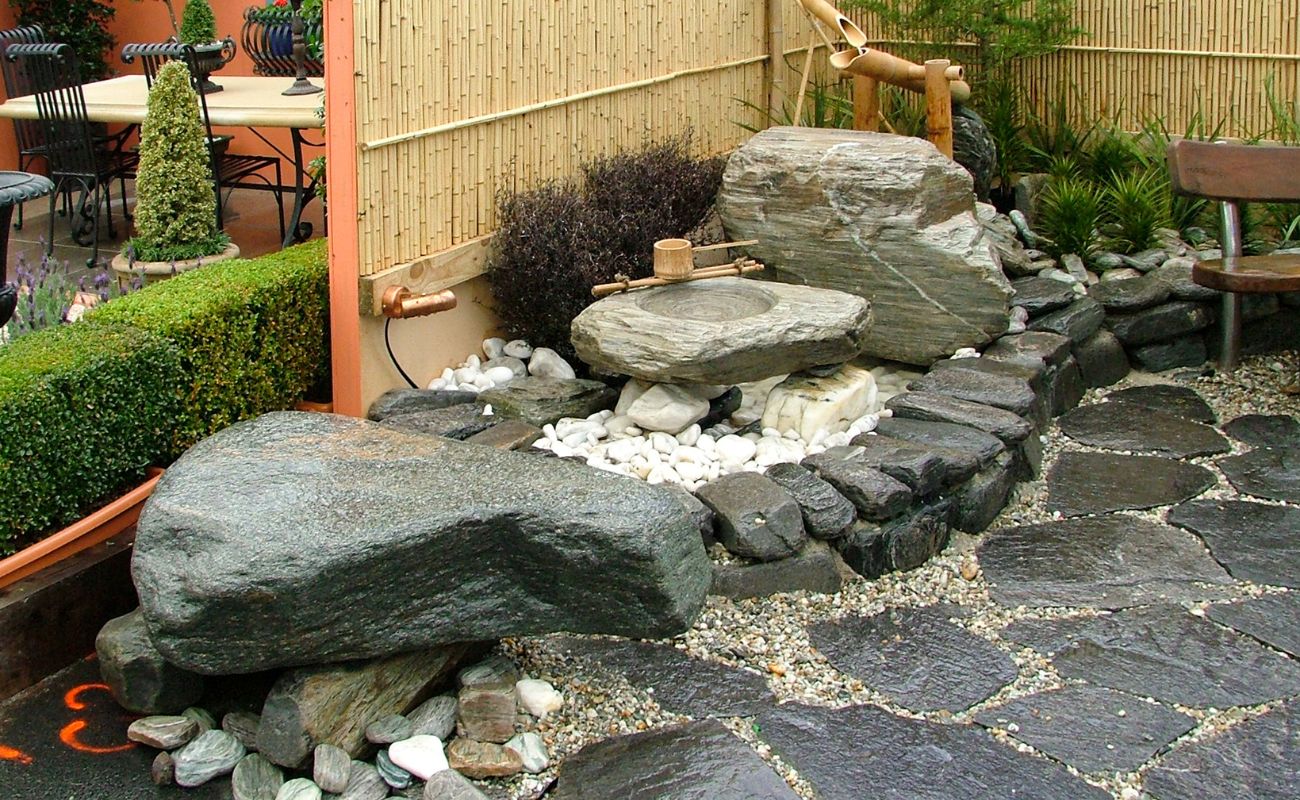
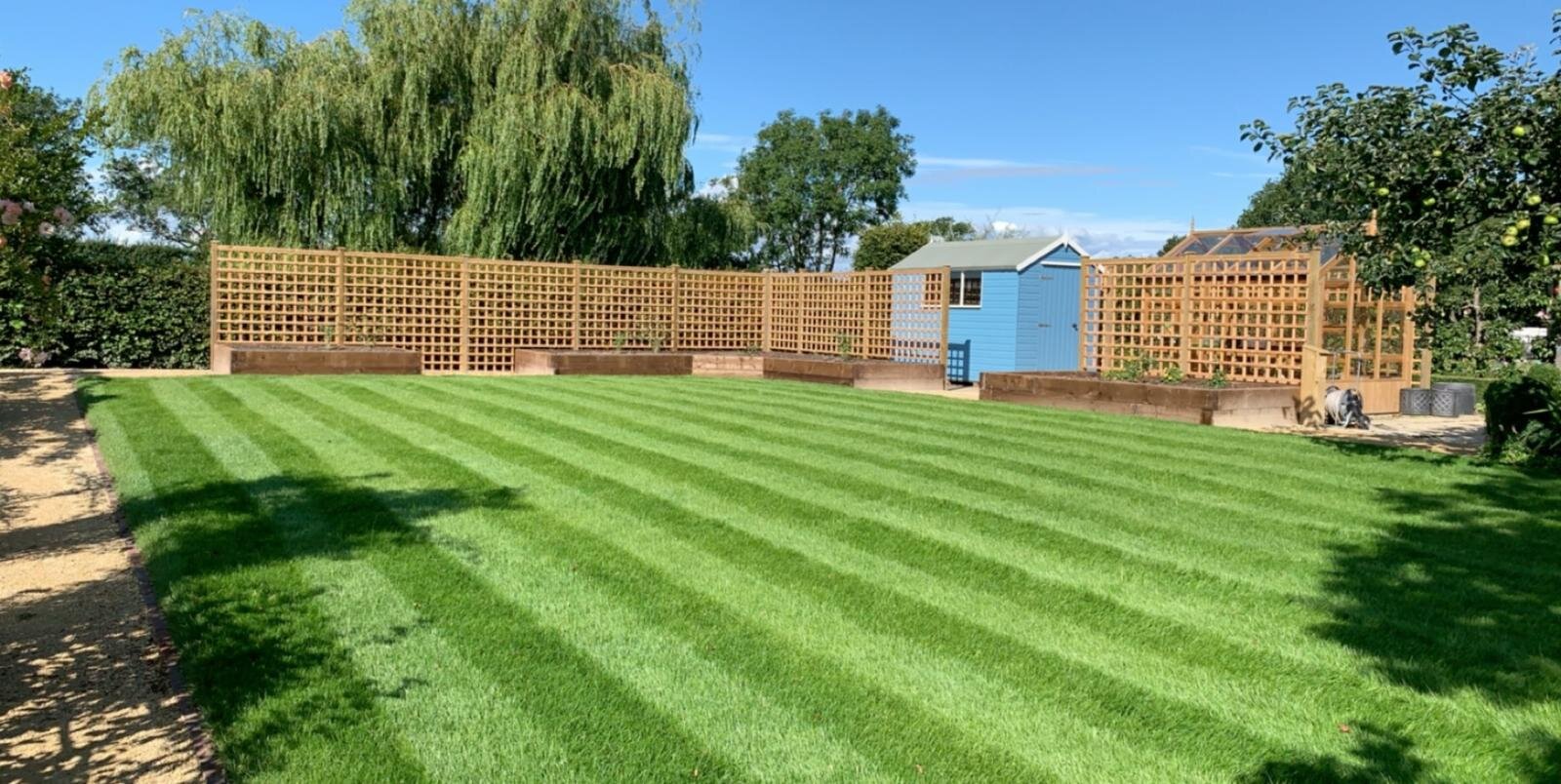
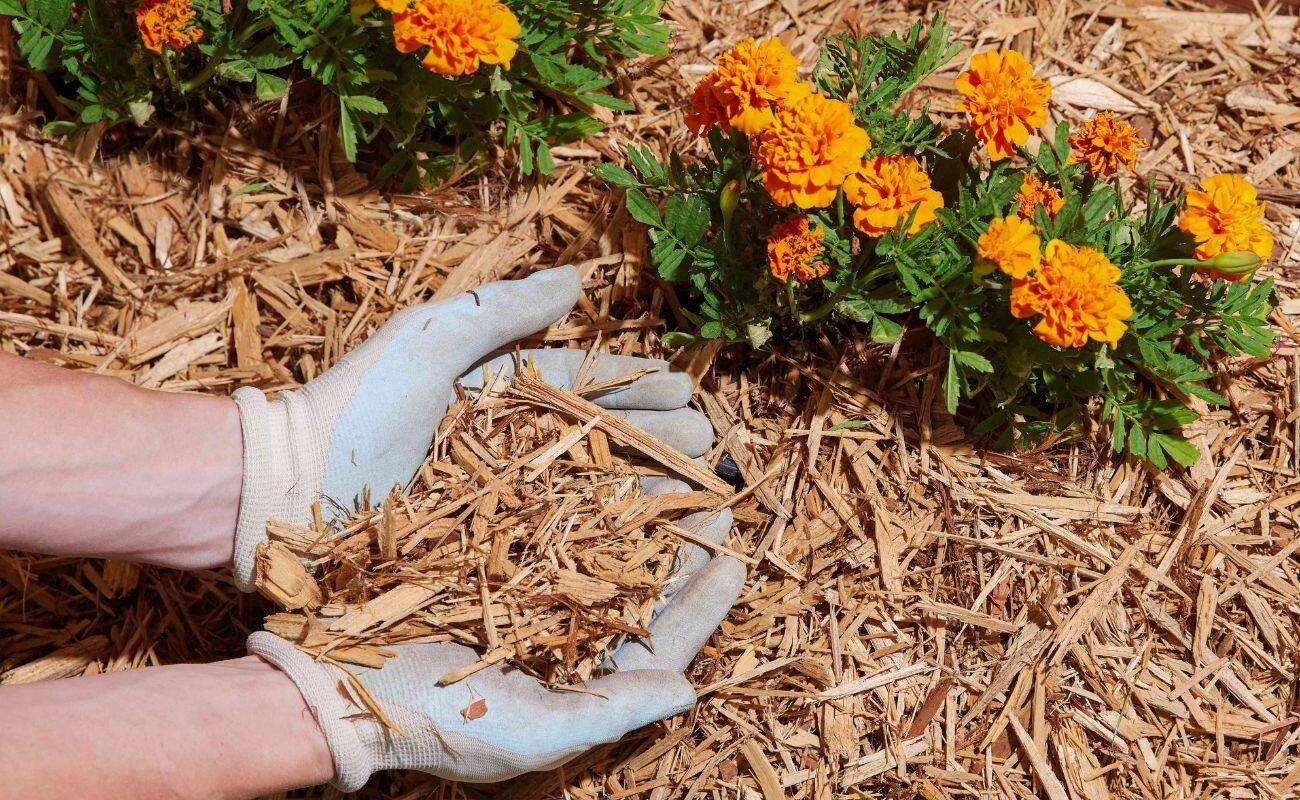
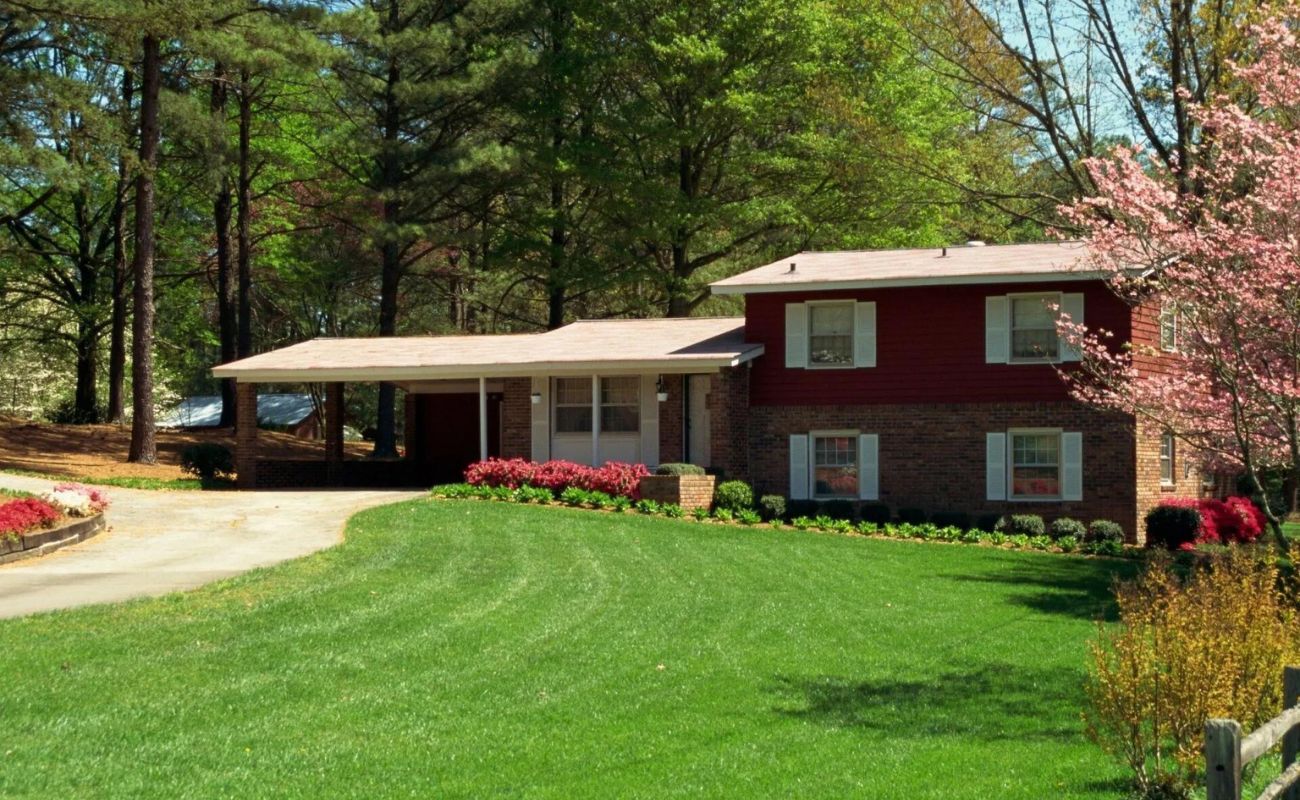
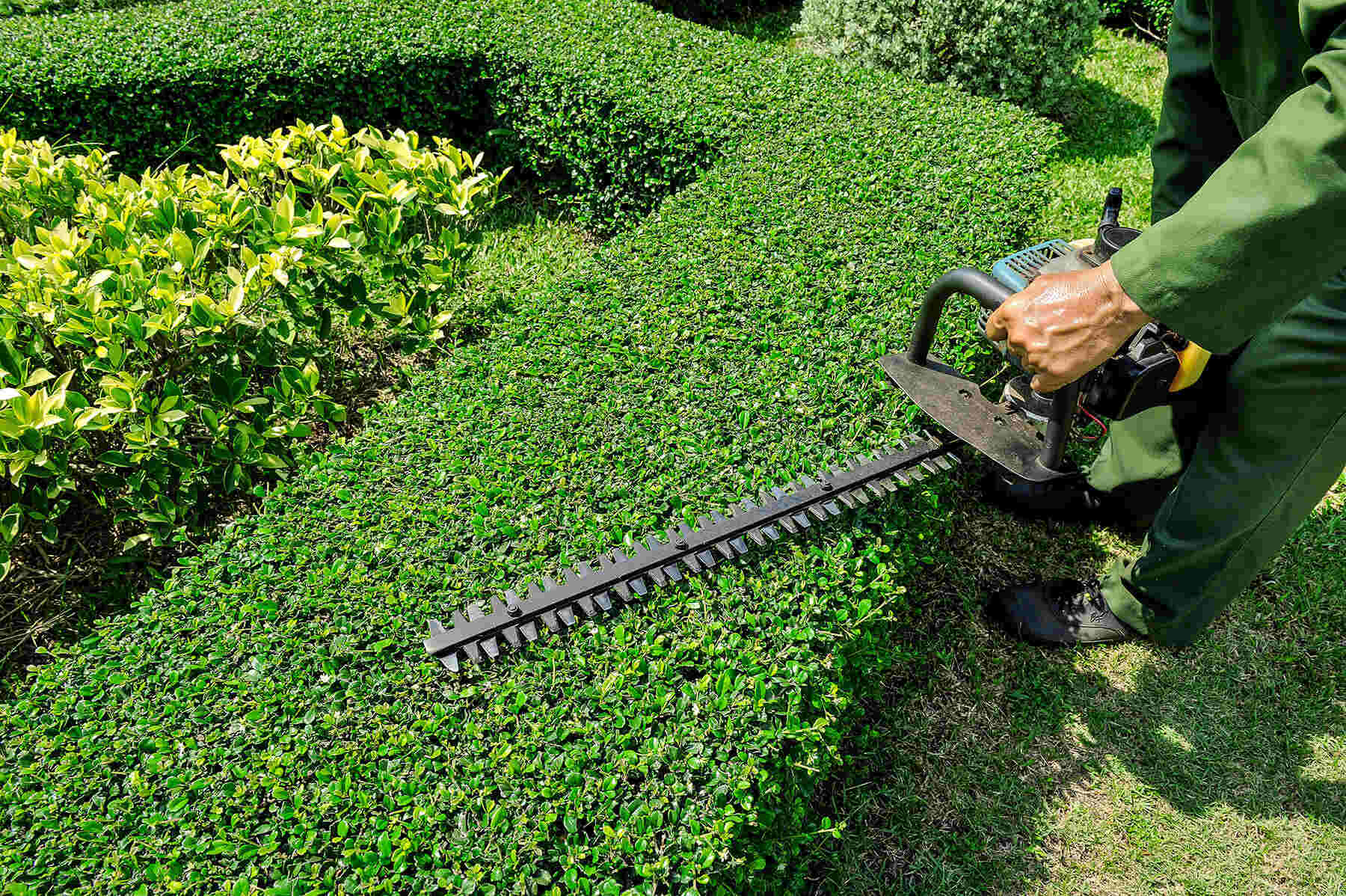
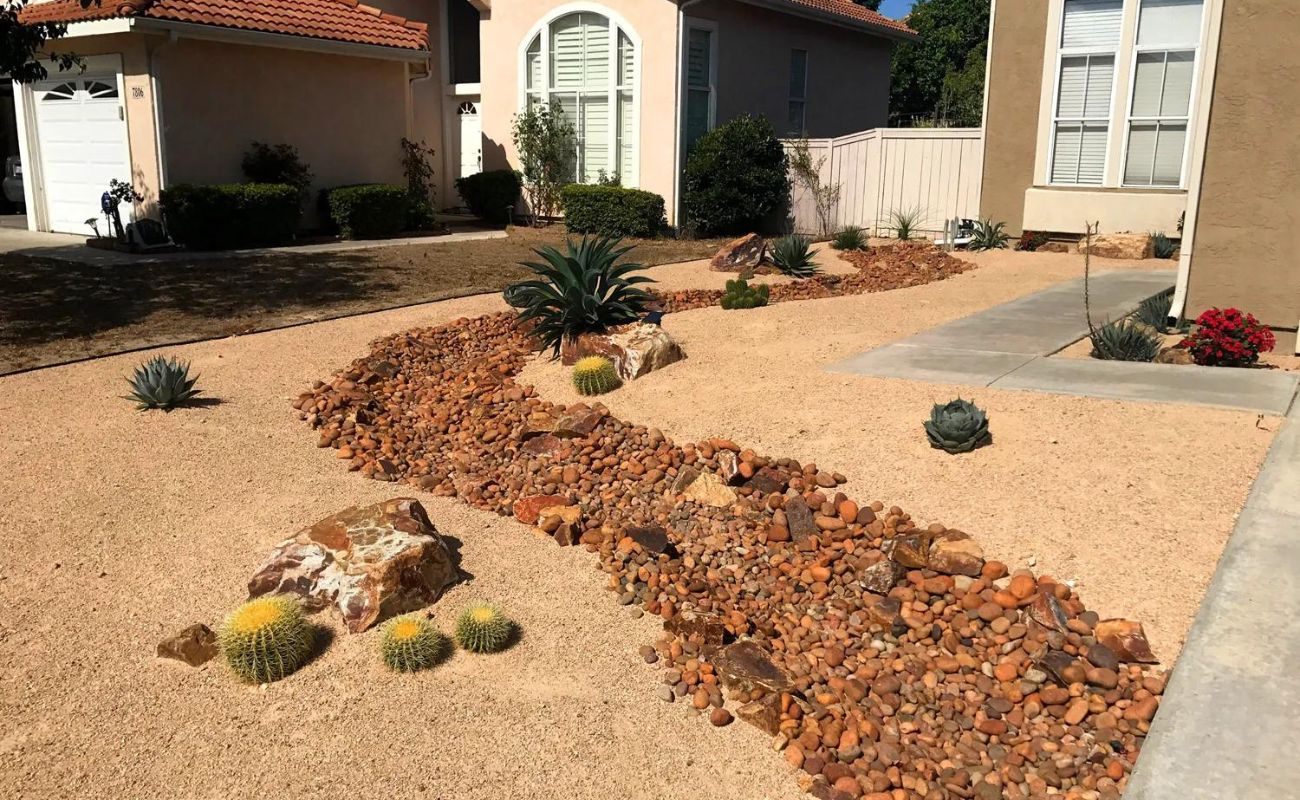
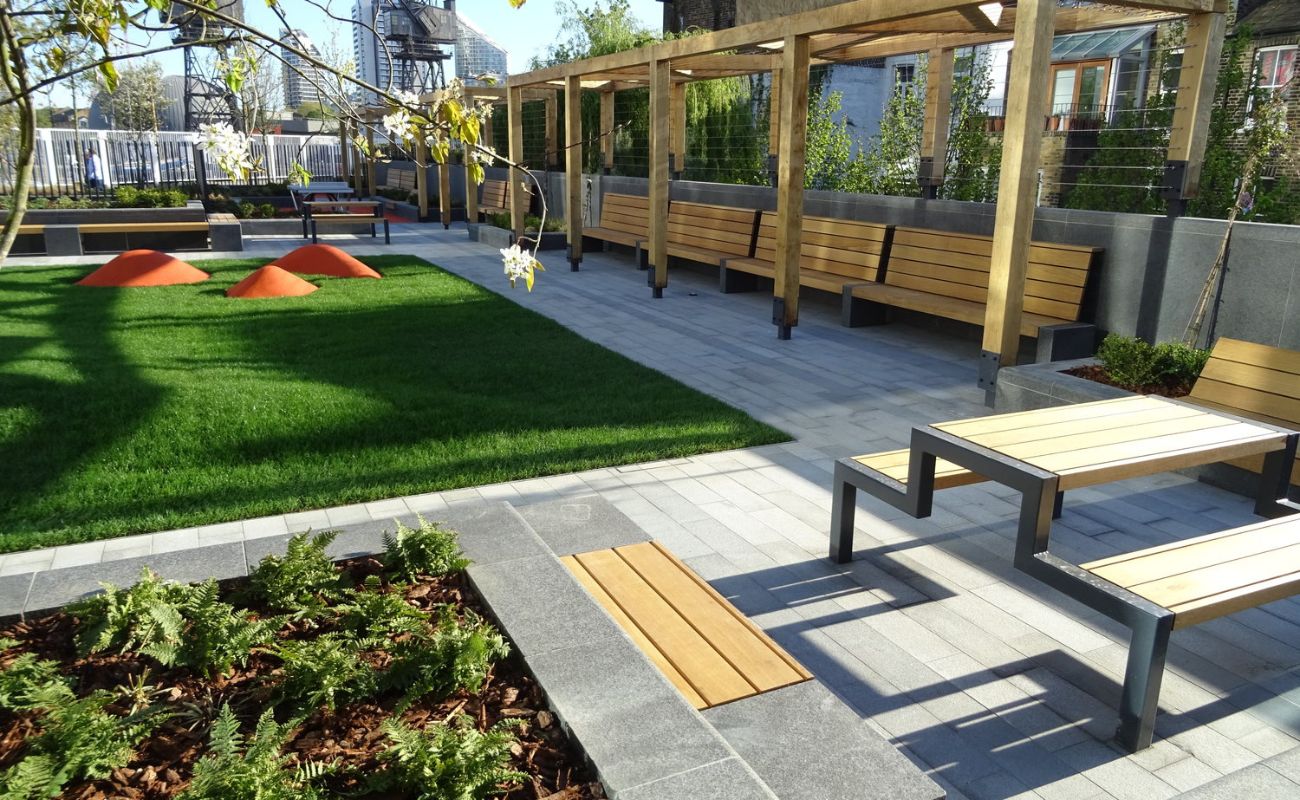
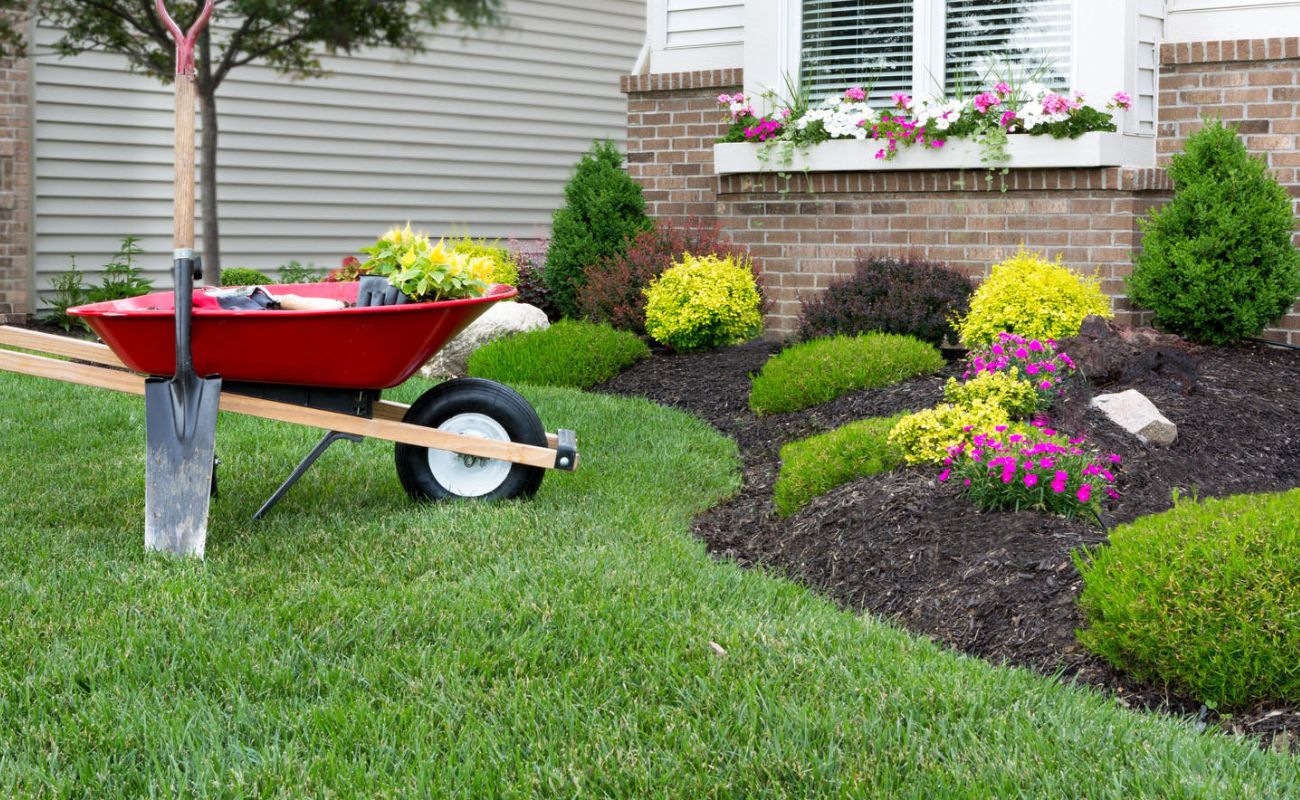

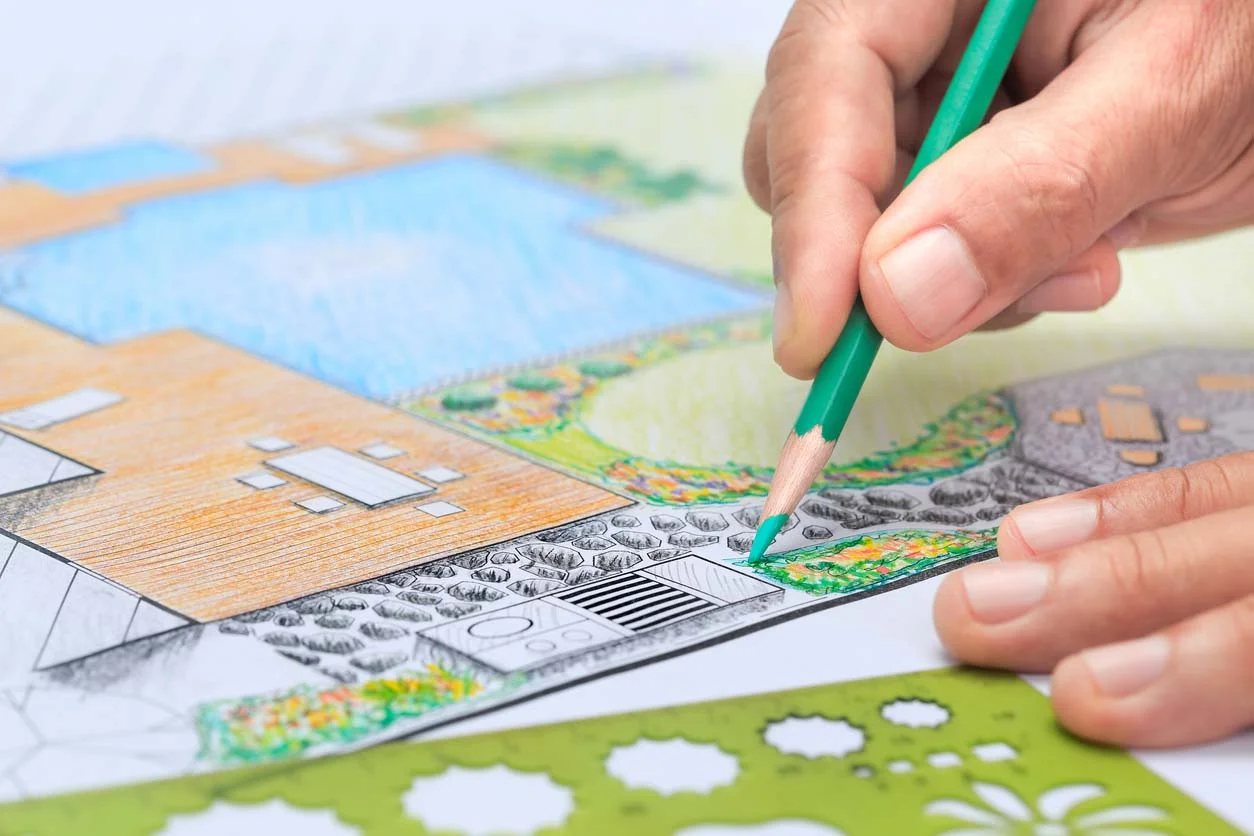
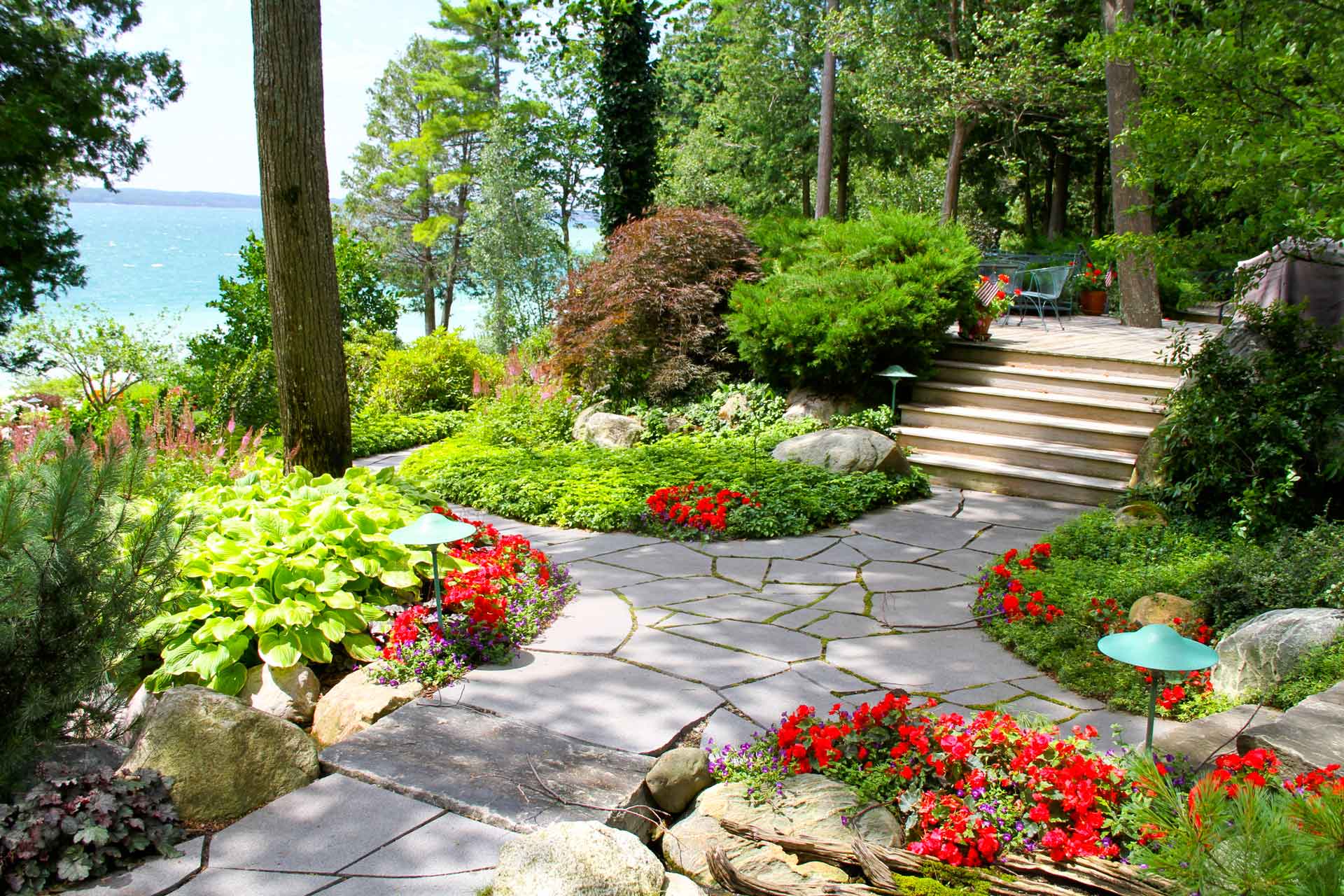

0 thoughts on “What Is A Landscaping Rake Used For”